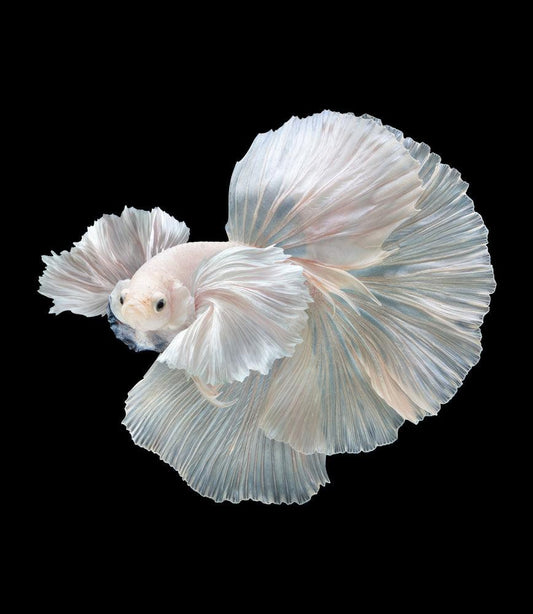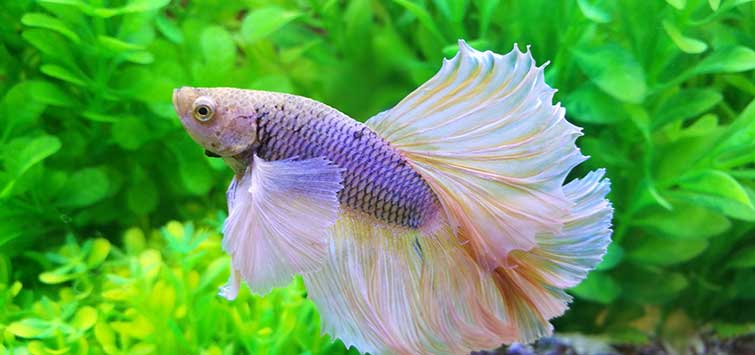Just how to Produce the Perfect Betta Fish Habitat in the house
Just how to Produce the Perfect Betta Fish Habitat in the house
Blog Article
Just How to Breed Betta Fish Effectively: Professional Methods and Insights for Hobbyists Aiming To Increase Their Betta Collection
Breeding Betta fish needs a nuanced understanding of genes and environmental conditions, making it vital for hobbyists to approach the process with both persistance and care. Producing an ideal breeding atmosphere, picking the appropriate sets, and observing the details of their courtship habits are fundamental actions that can substantially influence the outcome. Moreover, the succeeding care of the fry is vital for ensuring their healthy and balanced growth. As we discover these crucial elements, it becomes clear that effective breeding is not practically the preliminary pairing yet encompasses a broader strategy that qualities cautious factor to consider.
Recognizing Betta Fish Genes
Comprehending the genetics of Betta fish is crucial for effective breeding, as it affects qualities such as shade, fin form, and habits. Betta fish show a varied range of shades and patterns, greatly established by their hereditary makeup. The main genes in charge of coloration consist of the "B" genetics for blue, "D" genetics for red, and the "C" genetics for color intensity. Breeders can control these attributes by selecting particular moms and dad fish that show desired attributes.
In addition to coloration, fin morphology is an additional substantial facet of Betta genetics (betta fish). The sizes and shape of fins are affected by numerous genetics, including those that determine whether the fins are short, long, or veil-shaped. Comprehending these hereditary variants assists breeders forecast the phenotypic end results of their children
Additionally, behavior traits such as aggressiveness and territoriality can also be influenced by genetics. These actions play a vital duty in the reproducing process, as they can influence spawning success and the general temperament of the resulting fry. By adequately recognizing these hereditary principles, dog breeders can make informed decisions, ultimately enhancing their reproduction programs and attaining desirable outcomes.
Preparing the Reproduction Atmosphere
Developing an optimum reproduction atmosphere is vital for the effective reproduction of Betta fish. The primary step in preparing this atmosphere is to choose a suitable reproduction storage tank, preferably ranging from 5 to 10 gallons. This size permits for enough swimming area and the establishment of areas. The tank must be geared up with a heating system to maintain a steady temperature level in between 78 ° F and 80 ° F, which is important for encouraging spawning behavior.
Following, consider making use of a sponge filter or an air stone to offer mild water blood circulation without developing strong currents that can emphasize the fish. It is vital to mount plants or reproducing cones to use concealing spots and advertise comfort for the female throughout the spawning procedure. Drifting plants, such as Java moss or water sprite, can also produce a much more natural surroundings while helping with bubble nest building by the male.
Before introducing the breeding pairs, ensure the water is conditioned and totally free from unsafe chemicals, such as chlorine or heavy steels. betta fish. Normal water adjustments need to be performed to keep ideal water high quality, improving the chances of successful reproduction. With these prep work in position, the reproducing setting will support the wellness and health of both Betta fish
Choosing Breeding Pairs
Selecting the right reproduction sets is essential for accomplishing successful Betta fish reproduction. When picking your reproduction pairs, consider numerous crucial aspects including wellness, personality, and genetics. Healthy and balanced Betta fish show vivid shades, clear eyes, and active behavior. Picking fish that are devoid of disease ensures a much better chance of generating feasible children.
Character is another vital consideration, as Betta fish are recognized for their aggressive nature. It is suggested to select a man and female that display compatible characters to minimize stress and anxiety during the reproducing process. A tranquil male can motivate a smoother courtship, while a woman that is too hostile may interrupt the procedure.
Genetic history additionally plays a considerable duty in the quality of the children. Reproducing fish that are genetically diverse can minimize the threat of hereditary health and wellness concerns and enhance the general vitality of the fry. It is useful to look into the lineage of both the male and woman, concentrating on desirable characteristics such This Site as fin kind, color scheme, and dimension.
The Breeding Process
The breeding procedure of Betta fish calls for careful planning and interest to information to make certain a successful result. It is crucial to prepare an ideal breeding tank, ideally a 5-10 gallon aquarium with a temperature preserved at 78-80 ° F. The container must be outfitted with a heating system, filter (preferably sponge type to avoid solid currents), and plenty of marine plants for the female to conceal.
As soon as the environment is set, introduce the selected breeding pair to the tank, allowing them to acclimate. Observe their habits; the man will show fancy courtship rituals, including flaring his fins and building a bubble nest. If the female reveals interest, she will show upright red stripes indicating preparedness for spawning.
When the lady is receptive, the pair will involve in a breeding welcome, throughout which the male fertilizes the eggs. Keeping ideal water conditions throughout this period is crucial for the advancement of healthy Betta fry.
Taking Care Of Betta Fry

Feeding Betta fry is important, as they call for a diet regimen high in protein. Initially, they can be fed infusoria or liquid fry food, transitioning to finely crushed premium pellets as they expand. Feed small portions multiple times a day to motivate healthy growth without overwhelming the storage tank with uneaten food.

As they grow, monitor their development closely and separate any type of hostile individuals to stop damage. By providing a nurturing setting and appropriate nourishment, hobbyists can efficiently raise Betta fry into vivid, healthy fish, eventually enhancing their breeding undertakings.
Conclusion
Effective Betta fish reproduction calls for thorough attention to genetic option, ecological problems, and treatment for the fry. By recognizing the genes of Betta fish and preparing an ideal reproduction setting, enthusiasts can boost the opportunities of generating vivid, healthy and balanced children.
Report this page